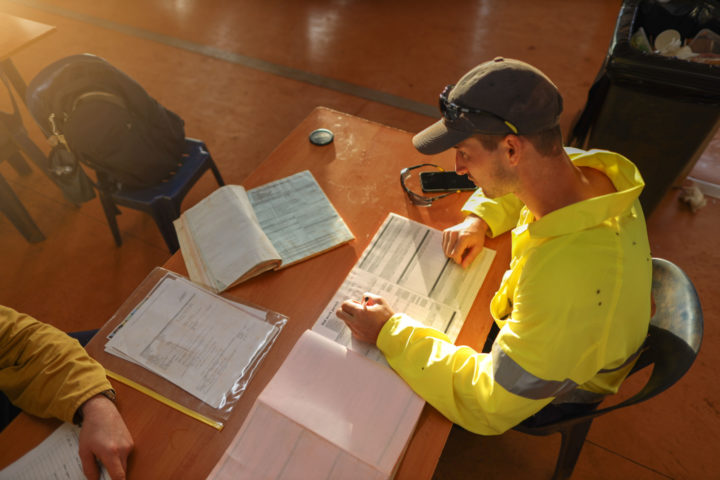Health and Safety

Understanding health and safety law
In this section we set out an introduction to how health and safety law applies to your organisation. This information is based on the Health & Safety Executive (HSE) website and you will find a range of guidance there to assist you.
When health and safety law applies
If your organisation has at least one employee you will have duties under health and safety legislation. This means you must protect your employees but also others, including volunteers, from any risks arising from your work activities.
The Health and Safety at Work Act 1974 (HSWA) protects employees and others who may be affected by work activities. This includes those volunteering for, or on behalf of your organisation. It is enforced by HSE or the local authorities depending on the location and type of activity.
You must include volunteers, as well as employees, in your risk assessment to identify significant risks and implement effective control measures.
You should provide the same level of protection to volunteers where they carry out similar activities and are exposed to the same level of risk as employees.
When health and safety law does not apply
In most cases, health and safety legislation does not apply where volunteering does not involve an employer. However, there are some exceptions, such as where a volunteer:
- is in control of non-domestic premises, such as a village or community hall
- procures or controls construction work, for example if a village hall management committee employs a builder to carry out renovation work
When civil law applies
If you have volunteers carrying out activities for your organisation and you have no employees, then health and safety legislation will not normally apply to you. However, you will still have duties under civil law which require you to take health and safety seriously.
Under the common law, voluntary organisations and individual volunteers have a duty of care to each other and others who may be affected by their activities. Where something goes wrong, individuals may, in some cases, sue for damages using the civil law if they are injured as a result of another person’s negligence.
Health and Safety policy
If health and safety legislation applies to your organisation because you have an employee, then you must have a policy for managing health and safety. If you employ five or more people, then the law says that your health and safety policy must be written down and shared with employees.
A health and safety policy sets out your general approach to health and safety. It explains how you will manage health and safety in your organisation. It should clearly say who does what, when and how.
Even if you are not legally required to have a written policy it would be good practice to have one as you will still have a duty of care to your volunteers and service users and having a policy shows your organisation is serious about protecting people from harm.
The HSE website has guidance on how to create a health and safety policy which includes a worked example and template.

Health and Safety Policy
We also have a Health and Safety policy on the Knowledge Hub. While this is written with larger organisations in mind it will give you some ideas about what to include in your policy.
Health and Safety risk assessment
If you are an employer, you’re required by law to protect your employees, and others, from harm. All organisations also have a duty of care to their volunteers and service users.
Under the Management of Health and Safety at Work Regulations 1999, the minimum you must do is:
- identify what could cause injury or illness in your organisation (hazards)
- decide how likely it is that someone could be harmed and how seriously (the risk)
- take action to eliminate the hazard, or if this isn’t possible, control the risk
You should undertake a health and safety risk assessment for the activities that your organisation is carrying out. This would include assessing things like:
- your office or any premises that you use
- any activities that volunteers or staff carry out
- the use of any tools or equipment
- events and activities that involve the public
You can find more information about how to carry out your risk assessment on the HSE website. – They have useful information about carrying out a risk assessment and some templates that you can use.
More information
To find out more about your responsibilities take a look at our Health and Safety information sheet.
The HSE section relating to voluntary organisations includes advice on managing risks to volunteers and including volunteers in your risk assessments. It also has some practical examples to help you with your planning and advice relating to activities which present a higher risk.
